
BGE Customers. Don't miss out on your chance at free money for your efficiency project.
Your utility provider is currently offering generous incentives to commercial customers to complete much-needed energy efficiency projects. This is your opportunity to have BGE help pay for the up-front cost of your efficiency upgrades.
What kind of improvements will I see?
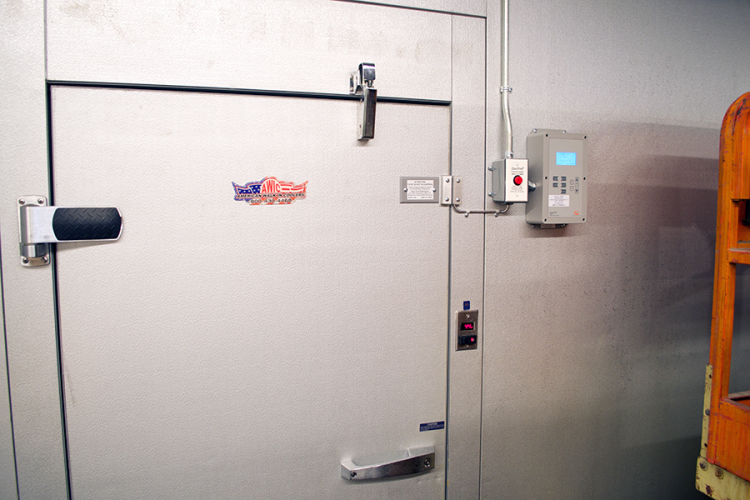
NRM’s unique and proven smart controls improve the operation of your refrigeration system from top to bottom. Beside adapting your system’s cooling schedule from running continuously to need-based, the controls also improve your ability to track temperatures, defrost your evaporator fans, address temperature issues, and more.
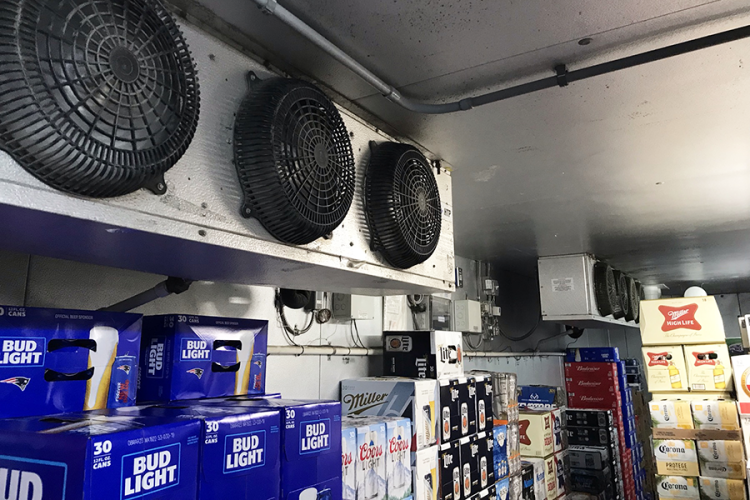
Have you ever stopped and considered why your refrigeration needs to run just as hard in the middle of January as it does in the middle of July? The short answer is it actually doesn’t need to. NRM’s efficiency measures can reduce your system’s runtime by an average of 40-60% without jeopardizing food safety.
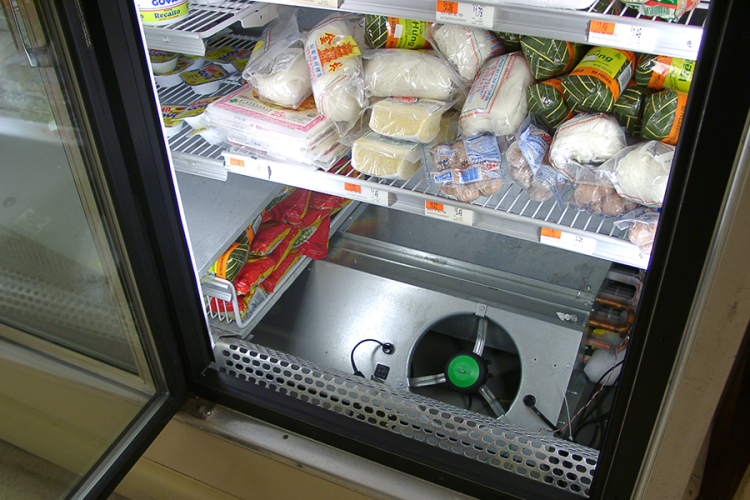
One of the main contributing factors to the inefficient operation of a commercial refrigeration system is old, outdated equipment components. Most systems we encounter are 10-15+ years old, which means much of the hardware can be upgraded to higher efficiency versions.
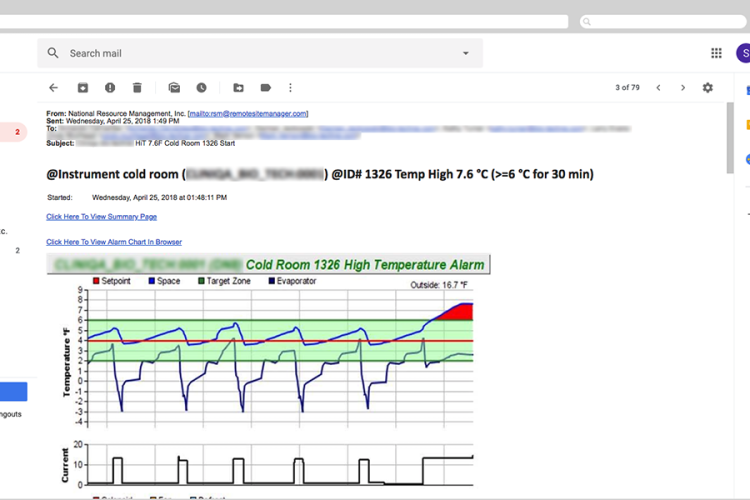
Another leading cause of inefficient, wasteful operation of your refrigeration system is the existence of unseen mechanical issues. Not only do these kinds of issues sap your system of effective cooling, they could lead to a catastrophic failure that risks your perishable cold product. NRM’s controls will alert you immediately if they detect an issue.
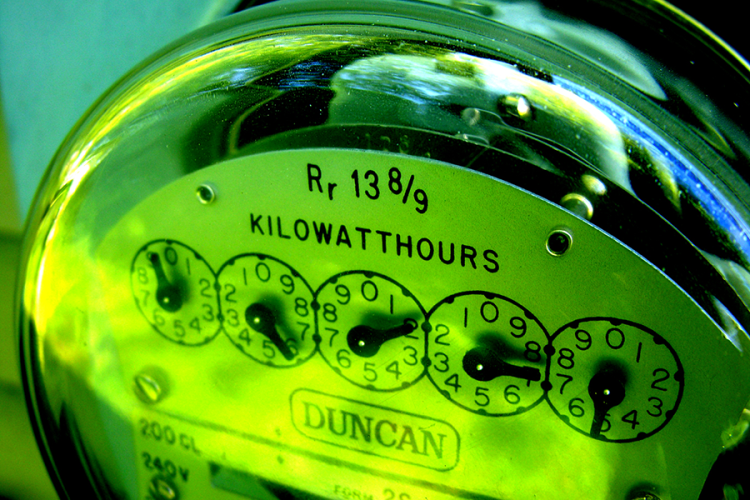
Along with better operation and oversight, NRM’s solution delivers proven, verifiable energy savings that will lower your monthly commercial electric bill. Because the savings can be tracked and verified, BGE trusts NRM’s results enough that they’re the exclusive vendor for refrigeration controls and measures.
CoolTrol® is the backbone of every customized, turnkey solution.
It's more than a "new" thermostat. CoolTrol gives you full control over the operation of your refrigeration system — from bypass features to one-button defrost to temp. settings on the fly, to automated temperature tracking, and more — while also providing long-term "set it and forget" energy savings.
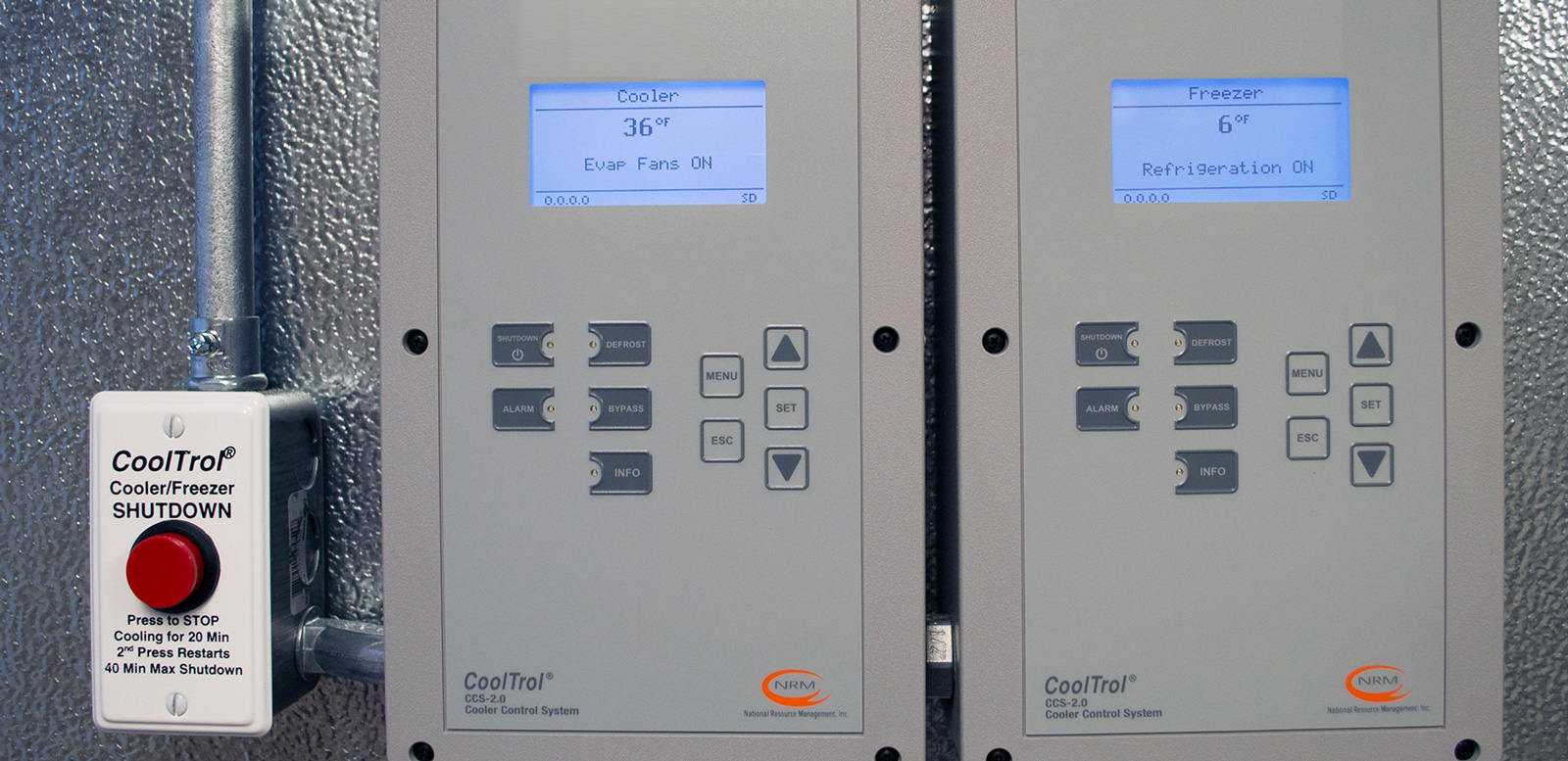



Read more about the specifics of the program here:
The quickest way to secure your assessment is to have us call you to schedule it:
The program’s no-cost assessment is a quick but crucial first step in getting your project underway, and also qualifying for BGE-funded incentives.
An NRM Energy Advisor analyzes your refrigeration’s current operation in a walk-through that usually takes 15-20 minutes. They note what kind of equipment your system has, runtimes, and a sketch of the walk-in cooler’s or freezer’s layout.
"NRM has been outstanding through this whole program. Your technicians were very professional, and during the last project, even took the time to answer questions from my refrigeration guy so he could properly interact with the controls moving forward. And the energy savings help everyone’s bottom line. If the utility companies can’t find new ways to generate electricity, our costs are going to go up substantially, so this is a way we all can help."
— Bruce Reamer, Owner
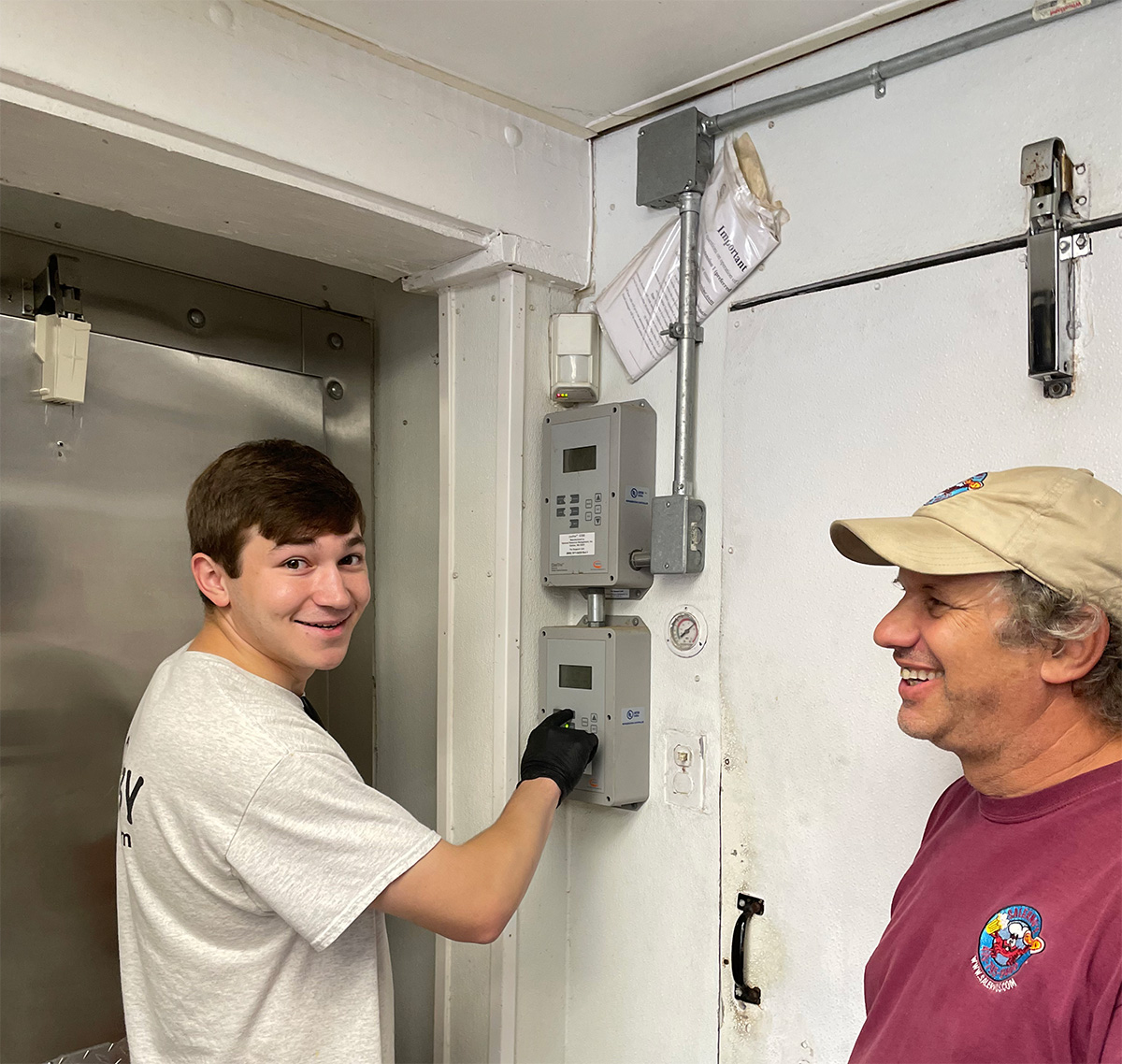
Mid-Atlantic Success Stories
MD Food Bank
Salerno's Seafood
Shop N' Bag Chain
Domino's Pizza Chain
"The energy savings have definitely been noticeable! Our electric bill has decreased about 25% since NRM optimized our coolers. But the biggest benefit has been Remote Site Manager. It’s great to be made aware of mechanical issues that might otherwise go unnoticed in between the quarterly preventative maintenance calls. And the visual diagnostics on the dashboard are a great help in explaining to the technicians exactly what’s going on when they do need to come out."
— Adria, Facilities Manager

Frequently Asked Questions
In an unsafe manner, yes. But with NRM’s solution, it is perfectly safe. Implemented in over 50,000 systems to-date, the new controls keep fans running when refrigeration is ON and only cycles them OFF and whenever refrigeration is OFF. Every running fan motor generates heat and the new system run time when air movement is not necessary. Why keep the heaters running once temperature set point is reached?
NRM has earned the utility’s trust and confidence, which is the greatest guarantee we can offer. In some programs, NRM has been providing solutions since 1997 with the local utility company’s backing. We would not continue to win these contracts year over year if we didn’t produce deliver the projected savings.
Most states have adopted laws to get citizens and companies to use less energy as it is more economical to encourage consumers to use less energy through incentives than to build a new power plant which no one wants near them. Utilities are tasked with collecting a fee on your utility bill based on usage. It may be a line item shown as “public benefit charge” or “energy conservation charge”. This money accumulates and is used to fund the incentives that pay for energy efficiency optimizations. Since it is available for all ratepayers, it is a great way to fund energy efficiency programs that give capacity back to the electrical grid while also reducing your commercial electric bill. So it’s a smart investment to participate in the programs and to take advantage of the incentives to get some of your money back through upgrades to your own equipment. The money isn’t free, but it will contribute toward qualified energy efficiency projects. It’s a great way to make a difference to your bottom line.
It really depends on how much energy a project can save… just think of it as the utility buying capacity from you to prevent overtaxing the energy grid. The power you save now becomes available to new customers. To find out what you can get, we recommend a no cost assessment of your current system that will enable us to calculate savings that we then present to your utility company who allots the amount they will pay for your capacity. If your systems already are considered partially or totally energy efficient, there may be little or no opportunity for reducing energy or qualifying for an incentive.